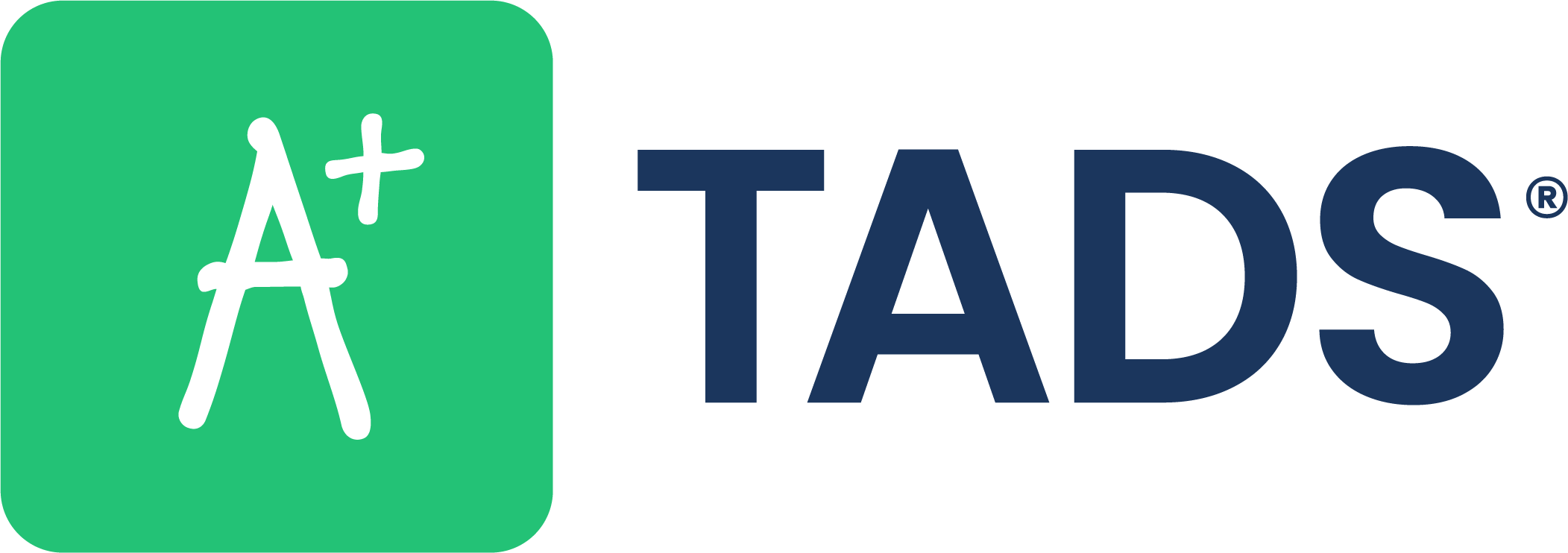
Private K-12 schools have a lot of data information to contend with. A student information system (SIS) helps organize and make sense of all of this data — but the benefits of using an SIS go far beyond storing information. An SIS facilitates improvements across the entire school, from increased efficiency to better data security. Let’s dive into this valuable resource and some of the benefits of a K-12 student information system.
What Is a Student Information System?
A student information system is a type of software that stores and manages student data. Staff members, students, and families enter and use the information in the SIS, alongside features that support various tasks. Some examples of content in an SIS include:
- Student profiles and demographic data.
- Grades and progress reports.
- Attendance records.
- Enrollment and admissions records.
- Schedules.
- Communications between staff, students, and families.
- Learning resources.
- Financial aid data.
An SIS allows schools to digitize these details rather than manage paper-based storage systems. With digitization comes many valuable tools, like automation capabilities and reporting solutions.
7 SIS Benefits for Schools
Between improved data access and powerful features, many schools use SIS platforms to facilitate day-to-day workflows, school administration, and student learning. Below are some of the benefits of using an SIS for school management.
1. Ease of Use
One of the first things you’ll likely notice when using an SIS is how much easier it is to use. These programs can replace many paper-based processes or disjointed software programs. They offer user-friendly resources to accommodate every member of your staff and student body, regardless of their technical skills. An SIS can put multiple tools under one umbrella and connect data from different areas for a simplified resource.
2. Secure and Centralized Data
To offer this ease of use, an SIS typically relies on centralized data. Instead of storing various records across different platforms or devices, an SIS collects it all in one space. For example, if you use multiple platforms, a teacher might need to record grades in one and copy them over into a progress report. These steps increase the workload and can introduce errors. With a centralized SIS, the teacher only needs to enter grades once and can generate a progress report from the same data.
Consolidating information into one place also helps with collaboration and accuracy. Various departments can easily share resources, and minimizing manual data entry helps reduce errors and duplicated records. Another advantage of implementing a student information system comes from improved security. Keeping information in one spot means you can apply consistent security practices and minimize the risks of loss, theft, and damage.
3. Improved Communication
Adopting an SIS is a great way to boost communication between all parts of your school. With shared data access, teachers, administrators, and other staff members can easily communicate. For instance, uploading morning attendance is as easy as updating the SIS — no need to send a document over to the office and keep track of submissions.
An SIS can provide an exceptional communication experience between families, teachers, and the school. This platform serves as a communication hub and can help you keep track of messages, whether sent via email, voicemail, or text. You might even monitor metrics like open rates to see which messages get read.
Families also enjoy transparency with easy access to resources like grades and schedules. Online availability means fewer phone calls to the office and less work for your administration team. Plus, families can explore these resources when it works for them, even if it’s the middle of the night.
4. Streamlined Processes
Connected information and smoother workflows eliminate many unnecessary steps, like entering data or compiling reports. You can boost efficiency and give your staff more time to focus on providing a great education.
When asked how long they spent on administrative duties, most teachers spent between 30 minutes and 3 hours on them each day. Reducing that time commitment can add valuable time for instruction, lesson planning, and other practical activities.
SIS platforms support teachers by simplifying everyday processes like taking attendance, entering grades, and issuing report cards. Ideally, your software will allow educators to customize their processes to their style of teaching while keeping data consistent across the school.
5. Powerful Insights
Implementing an SIS can be a great way to learn more about your school. Even if you’re new to data analysis, the reporting features of an SIS can help you unlock insights to drive strategies. For instance, you could explore areas like attendance and grades to look for trends that inform your overarching plan.
The accurate, up-to-date records in an SIS also allow you to make more educated decisions. You can quickly compile overviews and analyses to understand the whole picture and improve decision-making processes. Administrators, teachers, and families all gain access to reliable data.
6. Increased Engagement
With a better experience and the ability to provide a top-tier education, you can use an SIS to improve engagement with students and families. By engaging families and students, you can foster a more supportive learning environment, academic success, and a positive experience with your school.
Easy access to resources and communication tools helps teachers and families connect and stay involved in the student’s education. Other messages, like schedules and updates, further help families understand what happens in the school and be more active in its community. While kids often lose paper announcements or permission slips, digital communications ensure the information gets to the right people.
Similarly, an SIS can boost engagement by giving students access to a portal with learning resources. They can access it from any device and avoid lugging unnecessary books and papers home. Student portals also help students stay engaged during special situations, like illnesses that require them to stay home.
7. Optimized Budgeting
An SIS even helps you improve your school’s financial health. With tools for managing payments and donations and creating financial reports, you can better understand and optimize the school’s budget. Keep your financial records in one place for more accurate processes and gain a detailed overview of your funds.
Check out our demo to see how TADS can power your K-12 private school.
